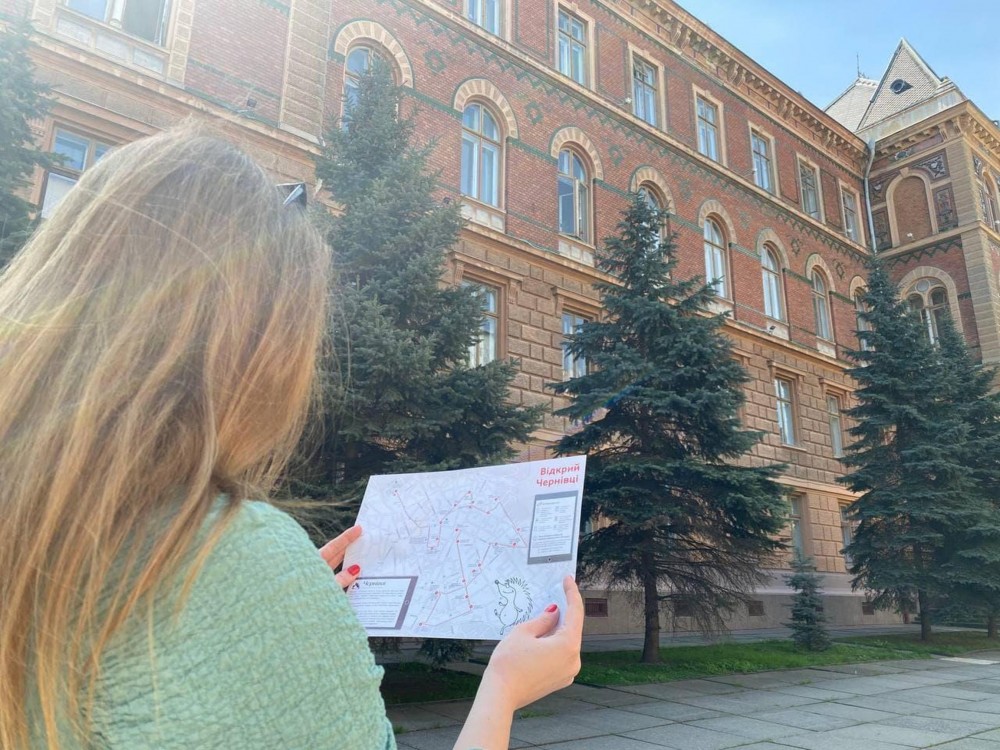
The paper examines attempts to create new interpretations of the memory and history of Chernivtsi during the Soviet era through the prism of guidebooks and tries to deconstruct it. Guidebooks are considered primarily as textual representations of official policies on reconstructing Chernivtsi's past as valuable narrative sources for understanding how the totalitarian state ideologically dominated this culturally diverse city. A linguistic approach based on the theoretical model of newspeak is applied to the study of publications in order to identify discourses and analyze them. Soviet newspeak in guidebooks functions as a means of constructing narratives and an instrument for their internalization in society. The author also examines the guidebooks in the context of official historical and national policies in the post-Stalin USSR, which, in the case of the annexed territories of the Ukrainian SSR in the aftermath of the Second World War, involved the assimilation of new regions by Ukrainians along with the cleansing and demonization of local “Others.” The ideological framework for these actions included discourses on “Old Russian ethnicity” (davnoruska narodnist) as “a cradle of three brotherly peoples,” “Russian-Ukrainian friendship,” “Great Patriotic War,” and others. The study also seeks to understand the motivations of the guidebooks' authors, drawing on their biographies. It concludes that Soviet guidebooks to Chernivtsi, adhering to the official doctrine, create an exclusive and sanitized image of the city's past, aimed at erasing the history and experiences of the local “Others,” represented primarily by Romanians, Jews, and Germans, who, before the Soviet annexation, were demographically dominant ethnic groups in the city. In specific contexts, markers of “Others” create the illusion of presence and agency; however, the guidebook`s texts mostly ignore the multicultural past of Chernivtsi. Simultaneously, when the “Others” are not excluded from the narrative, their very presence in Chernivtsi's history was mainly interpreted as a hostile phenomenon, a historical mistake, and a consequence of colonial oppression in the city declared by the Soviet authorities to be primordially Ukrainian. As publications aimed at tourists and guests of the city, guidebooks appropriately represent Soviet memorials and objects of the symbolic space of Chernivtsi, through carefully crafted textual interpretations. Tourist guides are regarded as significant sources for researching local memory and history policies.
Source: Kostiv O. (2023). The Other, Official History, and Memory of the City in Soviet Guidebooks to Chernivtsi. City: History, Culture, Society. 15 (1): 87–104
Source web-site: http://mics.org.ua/journal/index.php/mics/article/view/245/242
Number of views: 1365